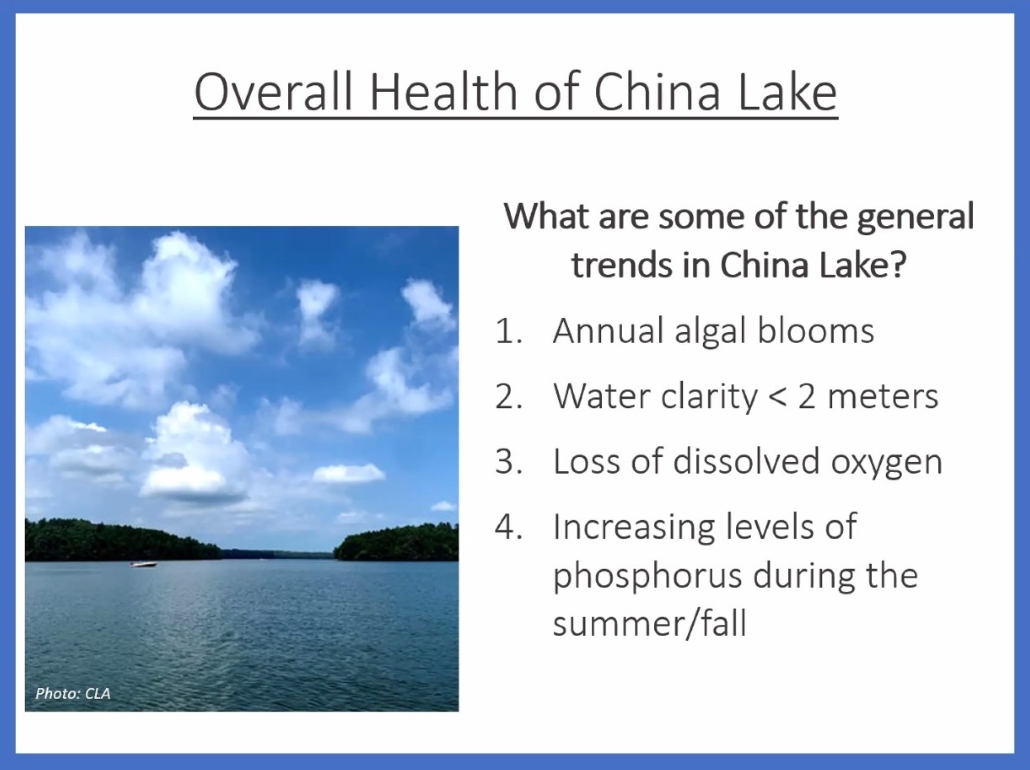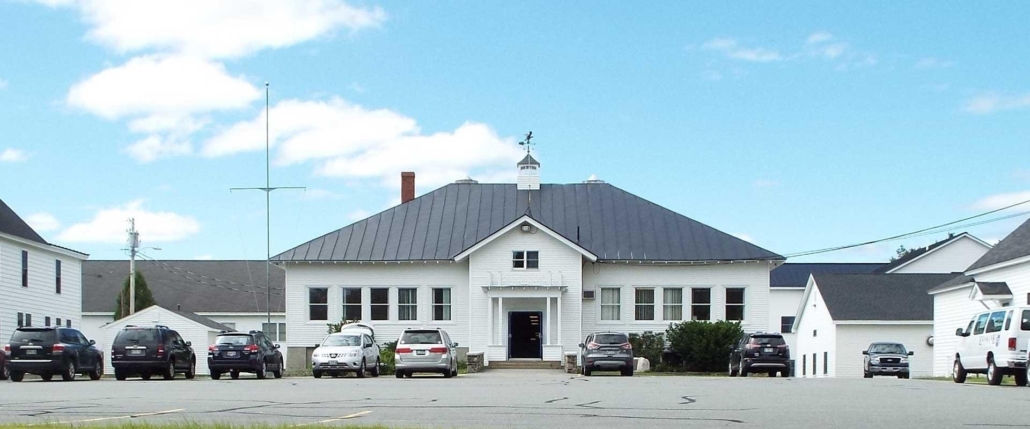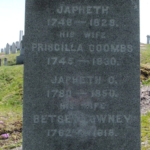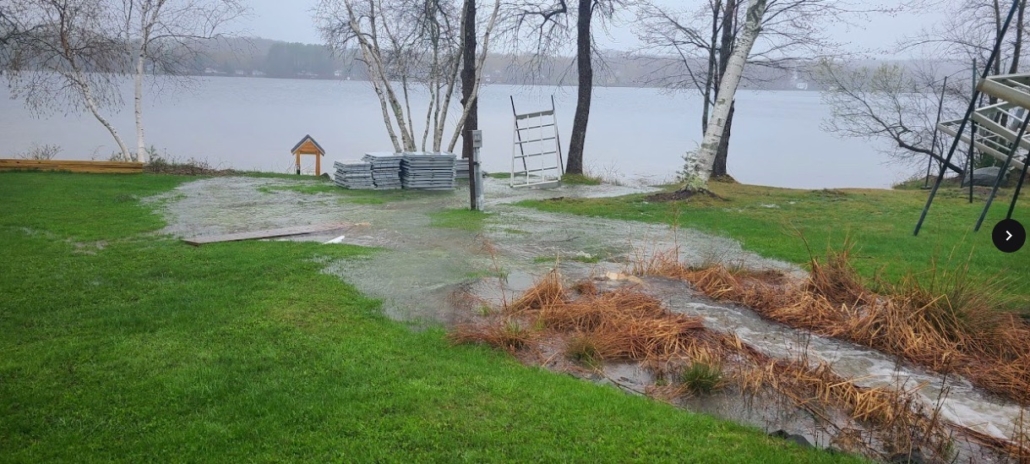LAKE LIFE TODAY: part 8
by Elaine Philbrook
Lake Life Today is a series of articles that are hoped will inspire you to see how, by taking just a few steps, you can make a difference and help preserve the quality of water in our lakes for future generations.
These articles have been collected and organized by LakeSmart Director Elaine Philbrook, a member of China Region Lake Alliance (aka “the Alliance”) serving China Lake, Webber Pond, Three Mile Pond, and Three-Cornered Pond. The Alliance would like to thank our partners at Maine Lakes and Lakes Environmental Association (LEA) for information to support this article.
Infiltration Steps
The previous article provided information on how to properly design pathways to benefit the lake. Pathways designed properly will slow the flow of stormwater, giving runoff time to be absorbed into the soil which prevents pollutants from entering our lakes and ponds.
Infiltration Steps is yet another way to slow the flow of stormwater from entering our waterbodies. Infiltration steps can be used where foot traffic is causing erosion to take place, and are used where there is a moderate slope, usually less than 45 degrees. These infiltration steps minimize the potential for erosion and runoff from a footpath that is often used. As a result, infiltration steps prevent excess nutrients, sediments, and other pollutants from entering the lake. Rainwater falling on the infiltration steps ultimately soaks into the ground and is filtered by the soil, trapping unwanted pollutants, and helping improve the overall health of our waterbodies.
Infiltration Steps are built with timbers. Geotextile fabric is anchored into the “bottom” of the step, and then backfilled with crushed stone to slow runoff and allow water to soak into the ground. Existing steps may be retrofitted into infiltration steps in some instances.
Installation:
- Remove several inches of soil from the location of each step. Dispose of excavated soil in a place where it will not wash into the lake or other resource.
- Line the bottom and sides of the excavated area with geotextile fabric. This fabric allows water to infiltrate through it and will separate the stone from the underlying soil.
- Backfill the hole with washed 3⁄4-inch crushed stone (or pea stone) so the tread is level, or it just slightly slopes up to meet the step above. Paving stones can also be set into crushed stone to provide a smooth surface for bare feet-as long as ample crushed stone is exposed to allow infiltration, but there must be adequate spacing between the pavers to allow for the infiltration of stormwater.
- To firmly secure the wooden framework, drill 1⁄2-inch diameter holes 6 inches from the ends of each timber. Then drive 1⁄2-inch diameter, 18-inch long steel rebar through the holes with a sledgehammer. For gentle slopes, wooden stakes or large rocks can also secure the timbers.
Responsible journalism is hard work!
It is also expensive!
If you enjoy reading The Town Line and the good news we bring you each week, would you consider a donation to help us continue the work we’re doing?
The Town Line is a 501(c)(3) nonprofit private foundation, and all donations are tax deductible under the Internal Revenue Service code.
To help, please visit our online donation page or mail a check payable to The Town Line, PO Box 89, South China, ME 04358. Your contribution is appreciated!






Leave a Reply
Want to join the discussion?Feel free to contribute!